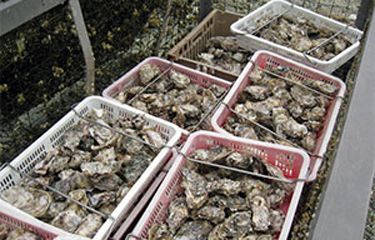The Alaska Mariculture Task Force has announced the formation of a new private nonprofit organization to help bolster and centralize the state’s growing mariculture industry. The membership-based nonprofit – called the Alaska Mariculture Alliance (AMA) – will launch this summer with a mission to “develop and support a robust and sustainable mariculture industry, producing shellfish and aquatic plants for the long-term benefit of Alaska’s economy, environment and communities,” according to a press release from the Alaska Fisheries Development Fund (AFDF), which has helped shepherd the task force through its foundation and early efforts to boost Alaska’s mariculture efforts.
The AMA is designed to take over the work that the Alaska Mariculture Task Force has been doing since 2016, when it was formally created then-governor Bill Walker. The task force was reauthorized in 2018 by current Alaska Governor Mike Dunleavy, but will be replaced by the AMA on 30 June, 2021.
AMA is taking applications for founding members of the new group up until 23 June, 2021.
“On behalf of the task force, we want to invite all those who are involved in or want to develop mariculture to consider being a founding member of the AMA, and to help shape the future of mariculture in Alaska,” Alaska Mariculture Task Force Chair Heather McCarty said in a release.
Membership is available to “all individuals, companies, and entities working in the field of mariculture and/or interested in the development of the mariculture industry in Alaska.” The group will have full and associate members, with ex-oficio members from the Mariculture Research and Training Center, Alaska Sea Grant, NOAA, Alaska Fisheries Science Center, and the Alaska Department of Fish and Game.
In its Alaska Mariculture Development Plan in 2018, based on an earlier plan generated in part by the AFDF, the task force outlined an ambitious plan to grow the state’s mariculture industry by USD 100 million (EUR 82 million) over 20 years. According to the plan, around 40 percent of that revenue would come from oysters and around 20 percent would be generated by seaweed mariculture. The other species listed for mariculture development in the plan are geoducks, mussels, sea cucumbers, and king crab. Finfish farming in Alaska is illegal.
Photo courtesy of Alaska Department of Fish and Game







